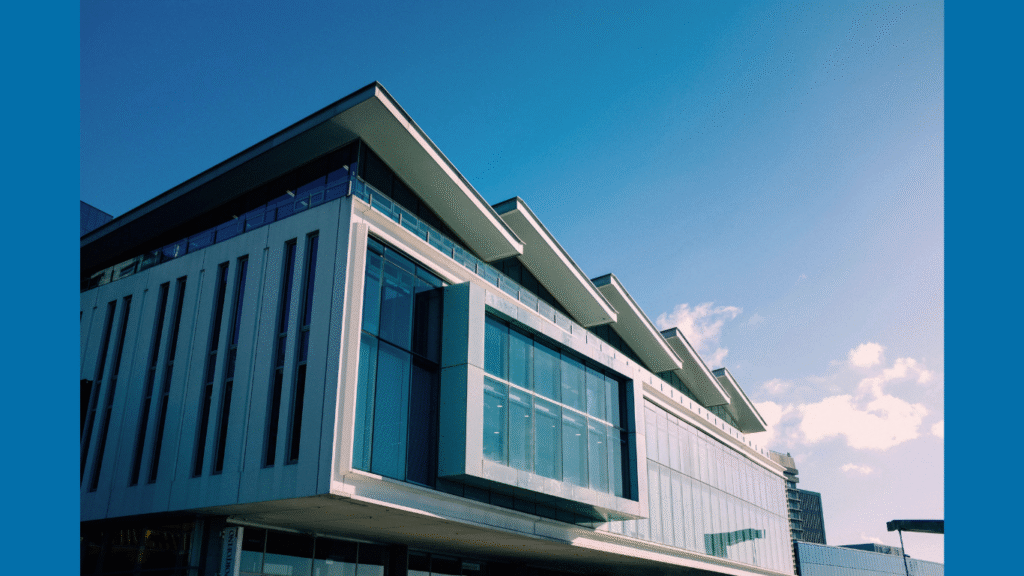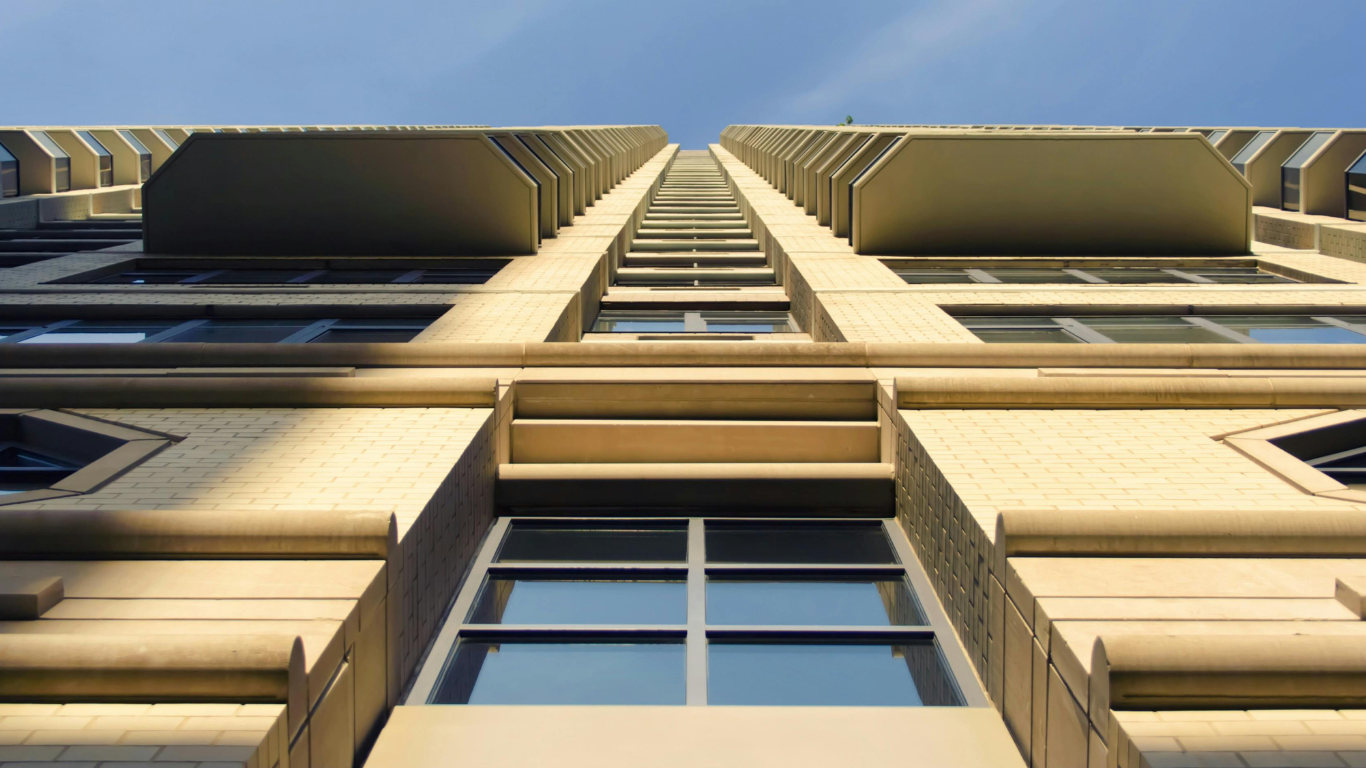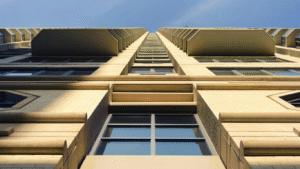A commercial building’s appearance plays a major role in how clients, tenants, and employees view the business it represents. A refreshed look reflects professionalism, boosts property value, and creates a more appealing environment for everyone who visits or works there.
Targeted improvements can make a significant difference. From modern facades and efficient systems to redesigned interiors and outdoor upgrades, smart changes can transform an aging property into a space that feels current, inviting, and aligned with modern business standards.
Refreshing the Facade for Lasting Appeal
The exterior facade is the first impression of a commercial building, and subtle updates can make a strong statement. Repainting with modern, neutral colors or adding architectural accents like metal trims, stone veneers, or vertical cladding can instantly modernize an aging structure.
Window replacements can improve style and energy performance, while new signage with clean fonts and illumination gives a sense of renewed identity. Landscaping should not be overlooked. Trees, shrubs, and seasonal plants soften hard lines and create a welcoming entrance. Even small touches, such as updated door hardware or awnings, can bring a noticeable lift to curb appeal.
Prioritizing Maintenance and Long-Term Value
Sustaining the results of a building update depends on consistent maintenance and forward-thinking planning. Partnering with reliable roofing professionals in BCrookfield, for example, is important, as they can detect small issues before they develop into costly damage. Regular inspections of structural elements, lighting systems, and exterior finishes help preserve appearance and function.
Using durable materials such as metal cladding, treated wood, or weather-resistant coatings can minimize repair needs. Scheduling routine cleaning, repainting, and mechanical servicing keeps the property looking well cared for.
Investing in Energy-Efficient Upgrades
Energy-efficient improvements modernize a property’s look and reduce operational costs and environmental impact. LED lighting can brighten exterior signage and common areas while consuming less power and requiring minimal maintenance. Updating HVAC systems and insulation helps regulate indoor temperatures and provides comfort year-round.
Installing smart controls for lighting and temperature allows for optimized energy use based on occupancy and natural light. For large buildings, solar panels or reflective roofing materials can make a long-term difference in sustainability and energy savings. These upgrades create a polished appearance.

Modernizing Interior Design and Layouts
Interior spaces are where employees and clients interact most frequently, so a fresh layout and aesthetic can create a more engaging atmosphere. Replacing outdated flooring, ceiling tiles, and lighting fixtures can make a dramatic difference without a full renovation. Open layouts often work well for modern offices and retail areas, improving flow and encouraging collaboration.
For lobbies or waiting areas, integrating modern furniture, warm lighting, and artwork helps establish a welcoming environment. Using glass partitions can balance openness with privacy while giving interiors a sleek, professional look. Choosing materials that are durable and easy to maintain keeps the space looking new and reduces future renovation costs.
Upgrading Building Signage and Wayfinding Systems
Signage serves practical and branding purposes, guiding visitors and reinforcing corporate identity. Modern digital signage can display dynamic information, such as event updates or promotional messages, and can be easily reprogrammed as needs change. Consistent typography, color schemes, and logo placement throughout the property strengthen brand recognition.
Directional signs should be clear and strategically positioned to minimize confusion in large buildings. Illuminated signage, whether LED or backlit, ensures visibility after dark and contributes to the building’s nighttime appeal. A coordinated wayfinding system improves navigation and reflects attention to detail and professionalism, which are qualities that resonate with clients and visitors.
Enhancing Outdoor Spaces and Amenities
Outdoor areas have become an important part of commercial design for buildings that host offices, retail, or mixed-use functions. Patios, green roofs, and seating areas provide valuable spaces for relaxation and informal meetings. These amenities can be designed with weather-resistant furniture, shading elements, and decorative lighting to extend usability throughout the year.
Incorporating features such as bike racks, electric vehicle charging stations, or public art installations shows that a property keeps pace with modern expectations. When thoughtfully planned, outdoor spaces can serve as extensions of the brand experience, turning unused square footage into areas that attract and retain tenants.
Updating a commercial building’s appearance communicates progress, care, and attention to detail. Through thoughtful exterior enhancements, energy-efficient solutions, interior redesigns, and well-maintained outdoor areas, property owners create a space that aligns with modern expectations and brand values.
Every improvement, no matter how small, contributes to a cohesive and inviting environment that benefits image and functionality. By approaching updates strategically, a building can remain attractive, efficient, and relevant.
Blog received via Mail




























